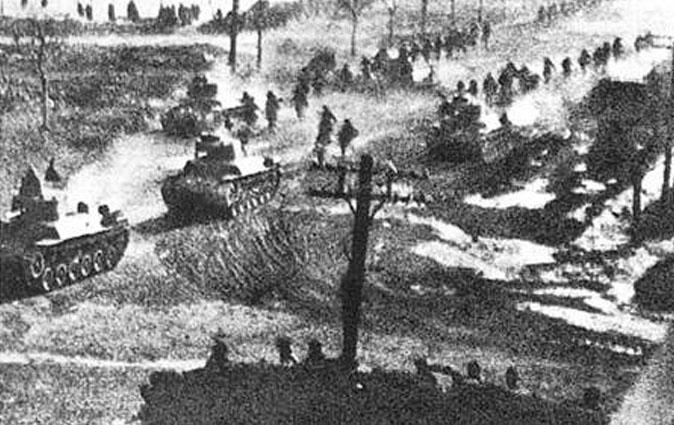Archaeologists in Cambodia have found medieval cities between 900 and 1,400 years old buried beneath Cambodia’s jungle floor. The cities are considered a groundbreaking discovery that will change previously-held beliefs on Southeast Asia’s history.
The cities were very large, with some comparable to the size of Phnom Penh, Cambodia’s capital. They were found near Angkor Wat, a Cambodian temple complex considered to be one of the ancient wonders of the world.
Dr. Damian Evans, an Australian archaeologist, said, “This time we got the whole deal and it’s big, the size of Phnom Penh big,” according to the Guardian.
“We have entire cities discovered beneath the forest that no one knew were there—at Preah Khan of Kompong Svay and, it turns out, we uncovered only a part of Mahendraparvata on Phnom Kulen [in the 2012 survey],” Evans said.
Evans will publish his full findings in the Journal of Archaeological Science on June 13.
Khmer Empire
The findings change perceptions on the size of the Khmer Empire, now thought to be much more vast than originally thought, and probably the world’s biggest during the 12th century.
Evans said past civilizations generally built monuments at the center of their great cities.
The temple site Angkor Wat, a UNESCO World Heritage site, was suspected to be one such monument. The Cambodian national symbol, built by King Suryavarman II at the height of the Khmer Empire’s political power, was among the largest pre-industrial cities in the world. However, Scholars have long theorized that there was more to the empire than just the Angkor complex.




